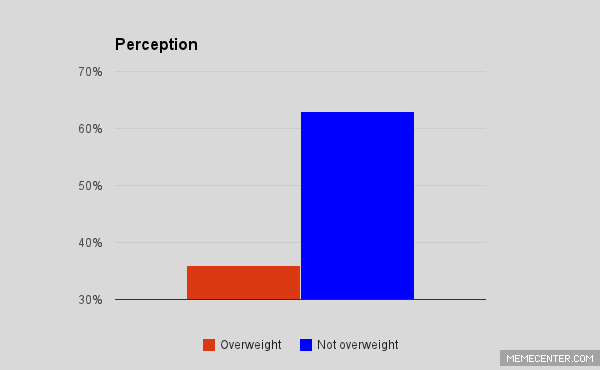NEW YORK—New York City’s favorite beaches are getting cleaner, according to data from a report released on Wednesday by the Natural Resources Defense Council (NRDC). Without implementing a long-term strategy, however, activists say the quality of the beaches will be at the whim of the weather.
One of the main causes of beach pollution is storm runoff and combined sewer overflow—a situation that occurs when storm water causes the sewer system to overflow and discharge untreated sewage into the bay.
The 21st annual beach water quality report analyzed data of official beach closings, advisories and beach water testing from 2010. According to the report, there were no beach closings or advisories issued for the New York City public beaches in 2010. Some water tests, however, exceeded the state standards.
Some private beaches in Queens and the Bronx also exceeded the state standards by many times. Douglas Manor Beach in Queens is the most polluted beach in New York City, with 25 percent of the tests exceeding the state standards, states the report.
Compared with the situation nationwide, New Yorkers can be proud of their beaches. Nationwide closings and advisories in 2010 hit the second-highest level since the NRDS began its annual reporting.
“The best way to keep the pollution out of America’s beach water is to prevent it from the start by investing in smarter water practices on land—things like porous pavements, green roofs, parks, roadside plantings and rain barrels that capture storm water and keep it out of the sewer system before it can carry pollutants into our beach water,” noted Lawrence Levine, NRDC senior attorney.
The decline in pollution incidents in New York City and surrounding area can be attributed to the dry weather last summer more than to a particular policy, Levine added.
The city has taken efforts to improve the water quality in the harbor, combat storm runoff, and combine sewer overflow in the past year.
Earlier this week, New York City and New York state signed two parallel agreements, with a total cost of $100 million, to improve treatment systems in waste water plants that discharge into Jamaica Bay. This is part of a continuous effort by the city to improve water quality in the bay, along with wildlife restoration and infrastructure improvements. According to city statistics, the harbor is now the cleanest it has been in 100 years.
In September 2010, the city published a comprehensive plan to incorporate green infrastructure as a way to mitigate storm water and to prevent it from getting to the sewers and polluting the water.
Though it seems Levine and the city share the same vision about water quality, the NRDC attorney dubbed the green infrastructure plan “a missed opportunity,” as the 20-year plan places more emphasis on traditional infrastructure than on newer environmental approaches.
“Part of what the city incorporates in the green infrastructure plan are approaches that will hold water temporarily on a property and then release it back into the sewer system in a delayed release,” said Levine. This approach does not achieve all of the benefits of green infrastructure, such as greener neighborhoods and lower energy costs, he noted. “Holding water and dumping it back into the sewer is not the solution we are aiming for. Water needs to be treated as a resource, not a waste.”
One of the main causes of beach pollution is storm runoff and combined sewer overflow—a situation that occurs when storm water causes the sewer system to overflow and discharge untreated sewage into the bay.
The 21st annual beach water quality report analyzed data of official beach closings, advisories and beach water testing from 2010. According to the report, there were no beach closings or advisories issued for the New York City public beaches in 2010. Some water tests, however, exceeded the state standards.
Some private beaches in Queens and the Bronx also exceeded the state standards by many times. Douglas Manor Beach in Queens is the most polluted beach in New York City, with 25 percent of the tests exceeding the state standards, states the report.
Compared with the situation nationwide, New Yorkers can be proud of their beaches. Nationwide closings and advisories in 2010 hit the second-highest level since the NRDS began its annual reporting.
“The best way to keep the pollution out of America’s beach water is to prevent it from the start by investing in smarter water practices on land—things like porous pavements, green roofs, parks, roadside plantings and rain barrels that capture storm water and keep it out of the sewer system before it can carry pollutants into our beach water,” noted Lawrence Levine, NRDC senior attorney.
The decline in pollution incidents in New York City and surrounding area can be attributed to the dry weather last summer more than to a particular policy, Levine added.
The city has taken efforts to improve the water quality in the harbor, combat storm runoff, and combine sewer overflow in the past year.
Earlier this week, New York City and New York state signed two parallel agreements, with a total cost of $100 million, to improve treatment systems in waste water plants that discharge into Jamaica Bay. This is part of a continuous effort by the city to improve water quality in the bay, along with wildlife restoration and infrastructure improvements. According to city statistics, the harbor is now the cleanest it has been in 100 years.
In September 2010, the city published a comprehensive plan to incorporate green infrastructure as a way to mitigate storm water and to prevent it from getting to the sewers and polluting the water.
Though it seems Levine and the city share the same vision about water quality, the NRDC attorney dubbed the green infrastructure plan “a missed opportunity,” as the 20-year plan places more emphasis on traditional infrastructure than on newer environmental approaches.
“Part of what the city incorporates in the green infrastructure plan are approaches that will hold water temporarily on a property and then release it back into the sewer system in a delayed release,” said Levine. This approach does not achieve all of the benefits of green infrastructure, such as greener neighborhoods and lower energy costs, he noted. “Holding water and dumping it back into the sewer is not the solution we are aiming for. Water needs to be treated as a resource, not a waste.”



